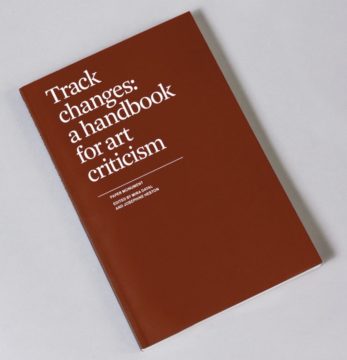Monica Uszerowicz (and others) at n + 1:
 Writing is a solitary practice; writing about art, lonelier still. I might spend days deliberating over the right words, crawling toward what feels right and exploring something that might’ve been better untouched by my perspective. But I am never truly alone when I write. The writers I love, those worldview-shapers, hover at my shoulder; behind them sits an invisible audience of the artists themselves.
Writing is a solitary practice; writing about art, lonelier still. I might spend days deliberating over the right words, crawling toward what feels right and exploring something that might’ve been better untouched by my perspective. But I am never truly alone when I write. The writers I love, those worldview-shapers, hover at my shoulder; behind them sits an invisible audience of the artists themselves.
When I’m granted the privilege of choice, the option to pitch what I’d like to cover, I think about collaboration—I engage with work for which I feel deeply and through which I can share ideas that the artist might be able to mine. I build one half of an imagined epistolary dialogue, a humble offering to the artist.
I recently read “Critic in Crisis,” an essay by James McAnally for MARCH. McAnally advocates for the strategic critic who responds to a need for solidarity and transformation: “Too often, [criticism] harms without repair, or reifies the institution as inevitable. It bludgeons with no trace of solidarity.” Writing to or for the artist, as if in collaboration, will not resolve these issues, but it removes the critic from a solitary mode of address.
More here.
